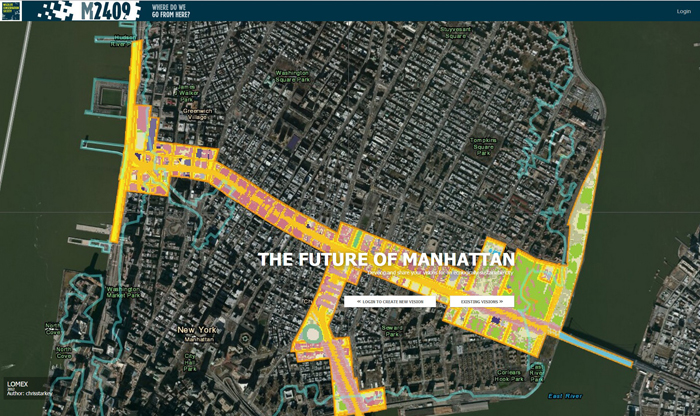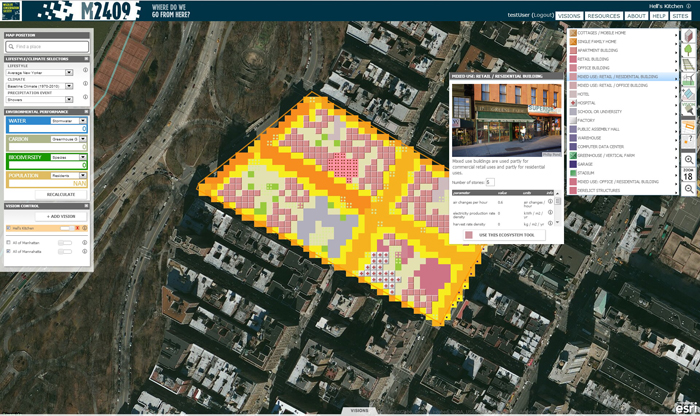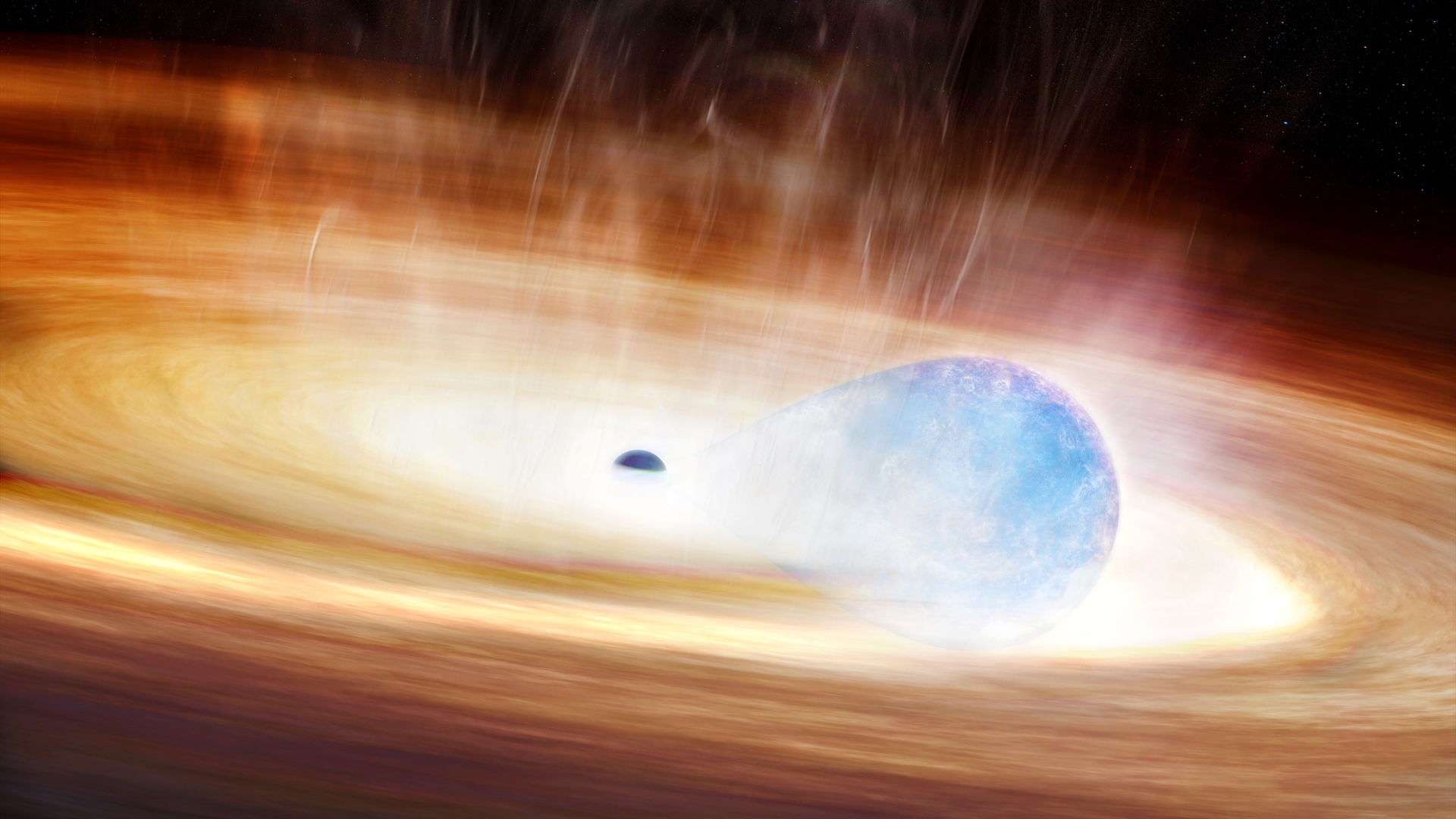
Mannahatta 2409: Simulating the City Four Centuries in the Future (Op-Ed)
Eric W. Sanderson is a senior conservation ecologist at the Wildlife Conservation Society (WCS) and the author of "Terra Nova: The New World After Oil, Cars, and Suburbs" (Abrams, 2013) and "Mannahatta: A Natural History of New York City" (Abrams, 2009). He contributed this article to LiveScience's Expert Voices: Op-Ed & Insights.
In geometry class, if you start with a false assumption, the proof that follows will also be false, no matter if all the intermediate steps were reasoned correctly. America started with just such a false presumption — the idea that there is always more to be had from the natural world. More oil, more land, more air, more water, more soil, more nature. No matter how much you consume, there is always more to be had over the next hill, in the next valley, on the frontier, somewhere else.

The American presumption is older than the nation itself, formed in ignorance during the time of European discovery and settlement, and then codified into our system of laws and economic practices. When the country was first explored, sciences like modern geology and ecology were still hundreds of years away and few understood how land was created or how the qualities of land varied and were sustained.
Sadly, that same original presumption persists today in how Americans manage our cities, despite centuries of accumulated knowledge. We build cities as if the fossil fuels that power them and the concrete that hardens them were infinite in abundance and can be deployed without regard to the air, water, soil and climate on which all life depends.
Fortunately we are no longer mired in the ecological ignorance of the 18th century or the industrial rampages of the 19th century. The last century saw the defeat of totalitarianism and significant advances against poverty and hatred and racism. Opportunities abound for a smarter, wealthier, better connected, more creative world population that plans towards a healthy environment for the future, but not if we continue to make the old mistakes.
We must collectively discover new solutions that simultaneously satisfy economy, culture and nature, and there is no place better to start than New York City's borough of Manhattan, the iconic center of the city of cities. With Manhattan in mind, I have been working with a team of ecologists, planners, and programmers to develop a platform to re-imagine our future and measure the environmental results. Out of these efforts has emerged Mannahatta2409.org.

The initiative is modeled on a previous one I developed in 2009: the Mannahatta Project. That was a book, exhibition and web-based tool that allowed anyone to look back to the time Manhattan (called Mannahatta by the Lenape Indians) was originally settled 400 years ago in 1609 to see — block by block — what the ecology looked like (local fauna and flora, but also topography and geology).
Get the world’s most fascinating discoveries delivered straight to your inbox.
With Mannhatta 2409, we now imagine ahead 400 years. Just launched last week, Mannahatta 2409 is a tool to make visions. Visions of sustainability. Visions of climate resilience. Silly visions. Serious visions. Visions of your block, or the block you like to visit or see on TV. Free to all, the site challenges anyone and everyone to build a truly sustainable city. Over coming years, Mannahatta2409.org will extend to all five boroughs of New York City, and then other cities and localities where people love where they live and want to see it last.

Here's how it works. Once on the website, visitors choose a part of the city, beginning with either the ecosystems of Mannahatta (the island prior to European settlement, based on the Mannahatta Project) or the ecosystems of today. Ecosystems are interpreted broadly here — from wetlands and forests, to office buildings and apartment houses, to streetcars, photovoltaic panels, street-side trees and urban farms.

Users also select lifestyles for the people living within their vision. Offerings include the average New Yorker, average American, average Earthling, Lenape person, and Eco-hipster. Users can also select climate scenarios — how will your city perform with today's climate, the climate of 2020, 2050 or 2080?
Each climate scenario, lifestyle and ecosystem represents inputs to integrated models of water cycling, carbon flows, biodiversity and population. Rapid calculations based in part on the city's environmental review process produce metrics of storm-water drainage, greenhouse-gas emissions, species diversity and population density.
Users can make their visions for the future of the city public and collaborate with other vision makers. NYC architects and planners could use this tool to encourage green and sustainable building, along the lines of Mayor Michael Bloomberg's PlaNYC.
School teachers and students could use it for coursework focused on science, technology, engineering and math. And the general public could use it to participate in broader and deeper public discussions about land-use decisions. Society knows that presumptions must change, adapting to new information and new conditions. We have an opportunity now to imagine a new way of living — for our city and for the world — that works with the planet not against it. We can give to the future more than we take away. We can get the proof right after all these years.
The author's most recent Op-Ed was "The New World After Oil, Cars and Suburbs." The views expressed are those of the author and do not necessarily reflect the views of the publisher. This version of the article was originally published on LiveScience.
